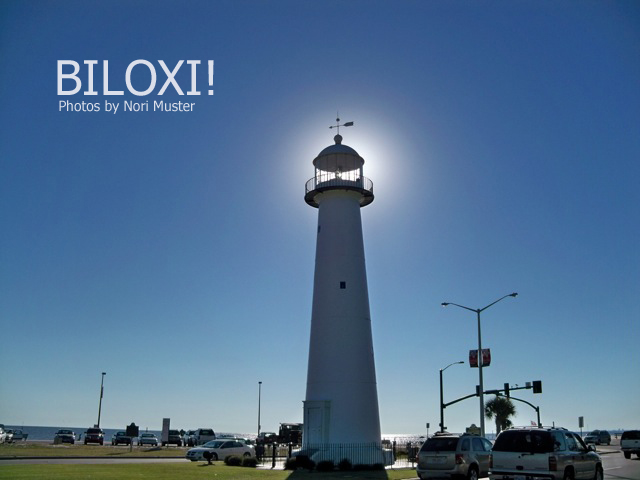
Biloxi lighthouse at sunset.
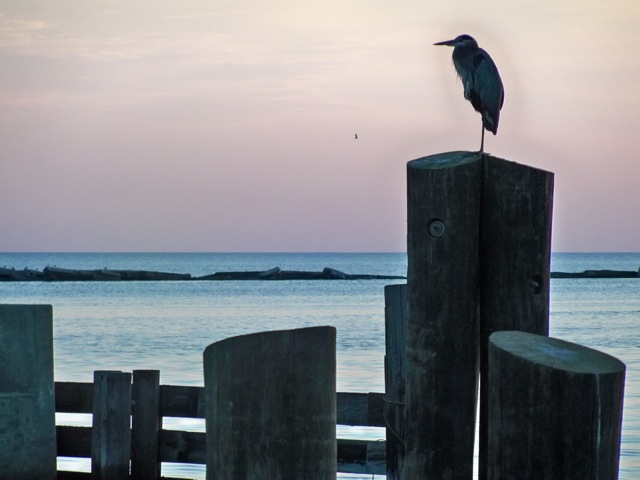
A great blue heron. The Gulf has abundant heron, pelicans, and other water birds. They also have pods of dolphins that swim along with the boats.
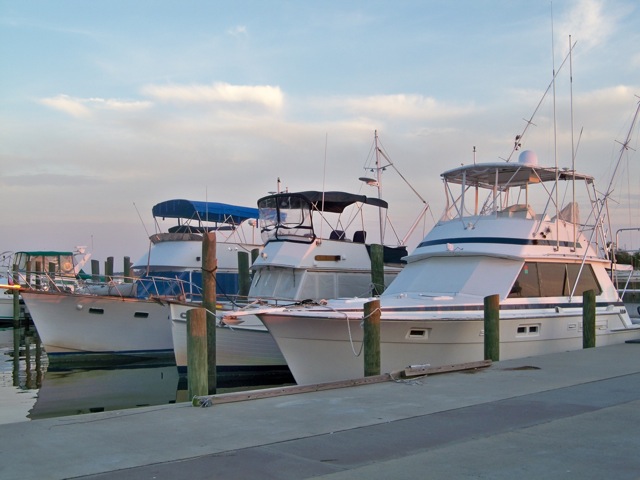
A marina of shrimp boats in downtown Biloxi.
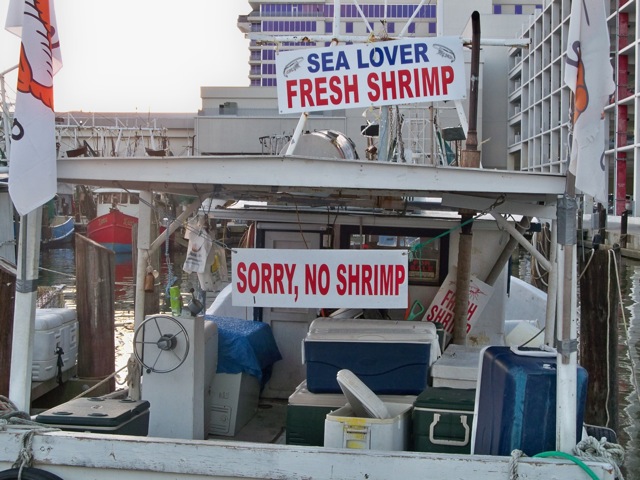
No shrimp.
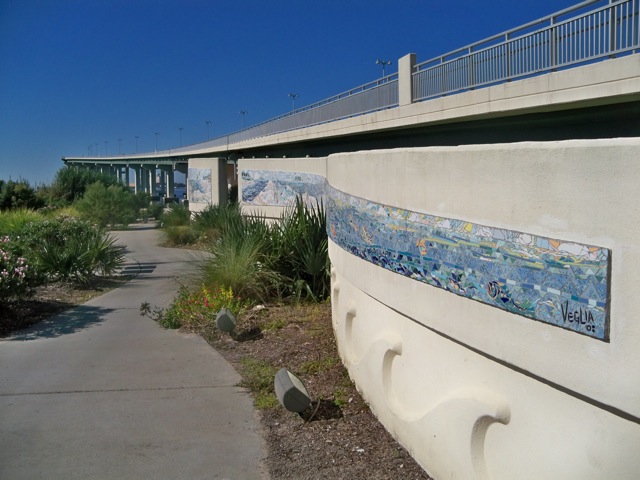
The Biloxi Bay Bridge Mosaics were built as part of the recovery from Katrina, dedicated on May 15, 2009. A plaque installed at the site calls the 120-foot mural, "A tribute to our Natural Costal Beauty." It was made by mosaic artist Elizabeth Veglia, with the help of four contributing artists: Susie Ranger, Chris Stebly, Ching Walters, and Patt Odom.
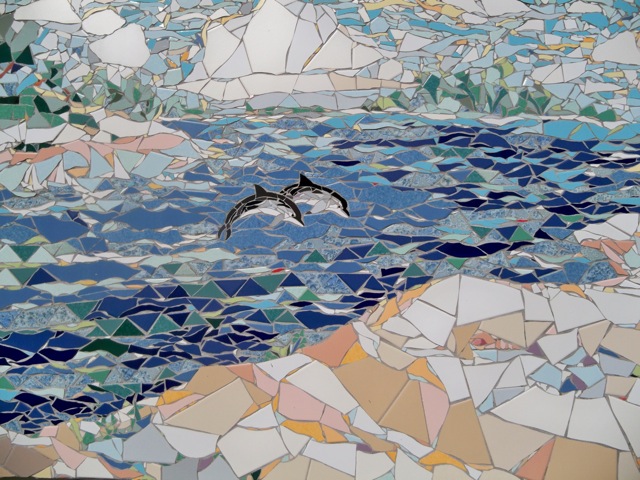
Mural detail.
Gulf Islands National Seashore
Ocean Springs
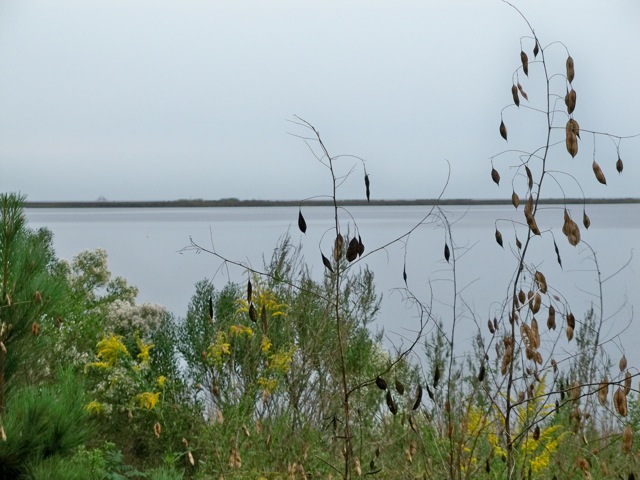
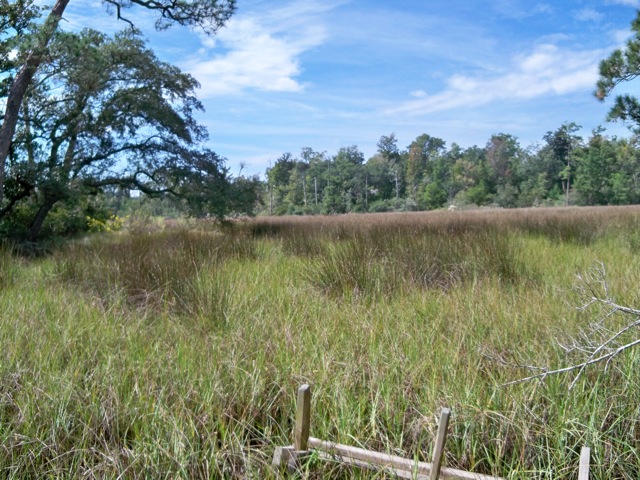
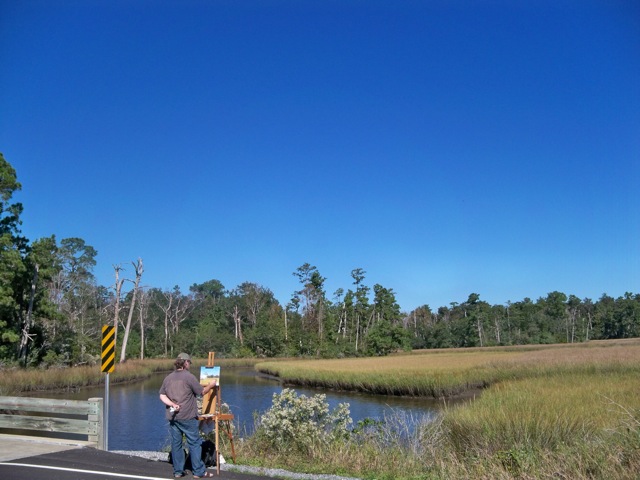
A local artist.
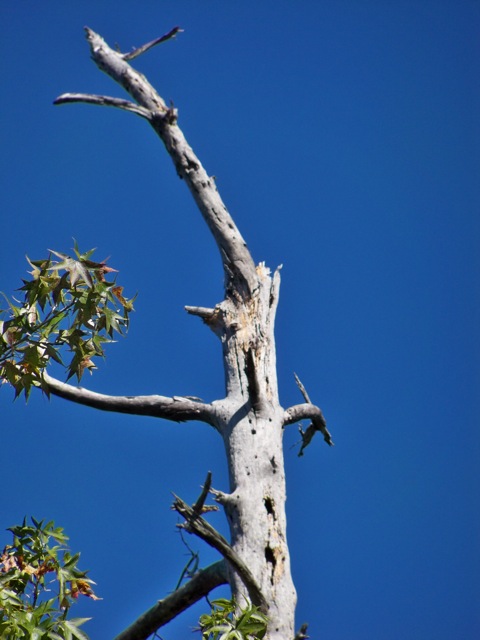
Snag trees from previous hurricane(s).
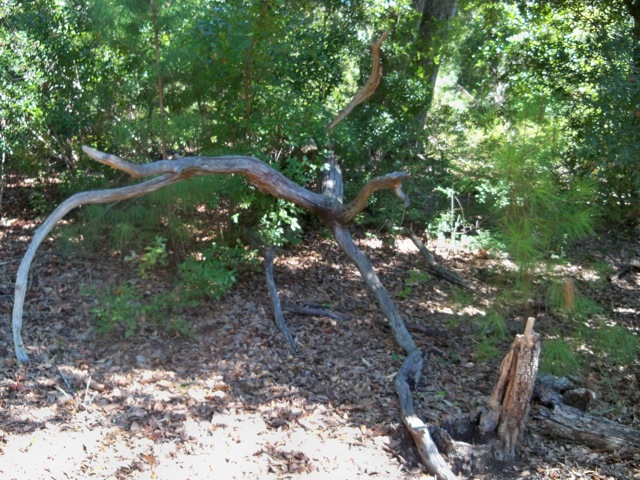
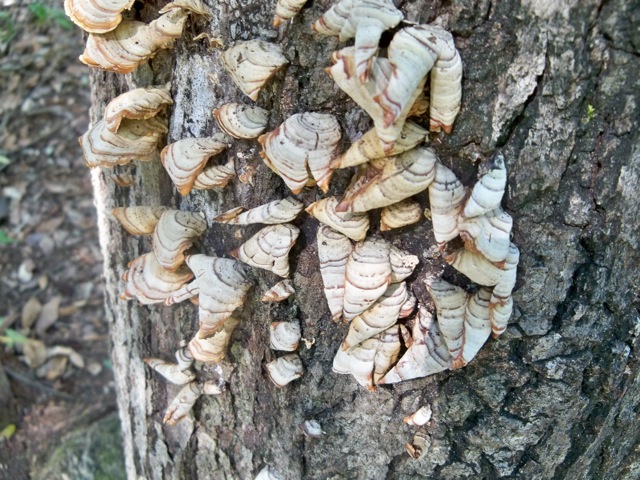
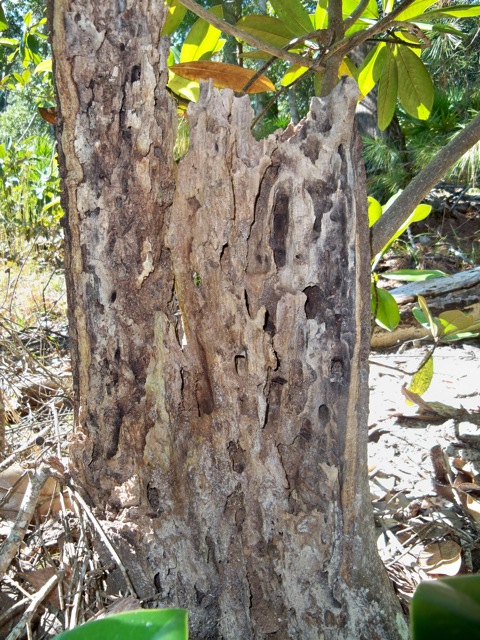
This National Park protects the Gulf Islands and is home to the Cedar Point Site of the Gulf Coast Research Laboratory of the University of Southern Mississippi. Scientists at the University are finding better ways to remediate petroleum pollution. They are proving that nature can clean up oil spills, and humans can help. For information on this topic, go to: bioremediation911.steamboats.com.
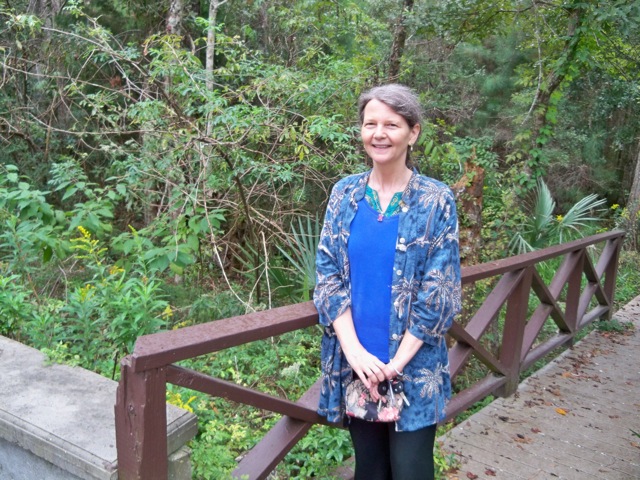
This is me on my first of four days hiking around the Gulf Islands National Seashore park.
Walter Anderson Museum of Art
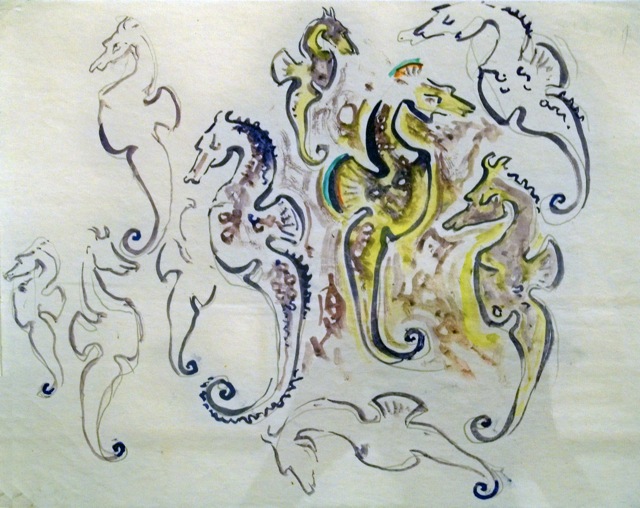
Gulf Coast artist Walter Inglis Anderson (1903-1965) is a local hero and saint. He learned art at the New York School of Fine and Applied Art (now Parsons School of Design) and Pennsylvania Academy of the Fine Arts. He also traveled in France thanks to winning a Cresson Traveling Scholarship. During the Great Depression he did public art through the Works Progress Administration (WPA). His greatest contribution was to bring people's attention to the natural beauty of the Gulf Islands, which in turn led to preserving the area as a National Park. After Walter Anderson's death, his family discovered thousands of drawings of the Gulf Islands in his cottage. He used to row out to Horn Island, some fifteen miles offshore, to spend time with the birds, fish, and other creatures. The Walter Anderson Museum of Art is located in Ocean Springs, adjacent to the Ocean Springs Community Center, which is decorated with Walter Anderson murals.
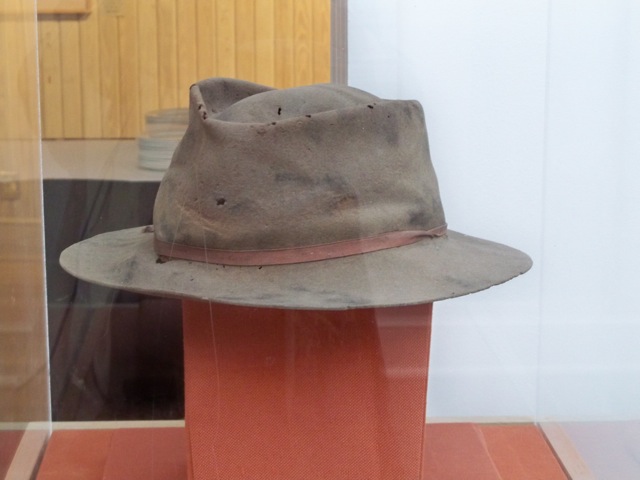
Anderson's hat.
